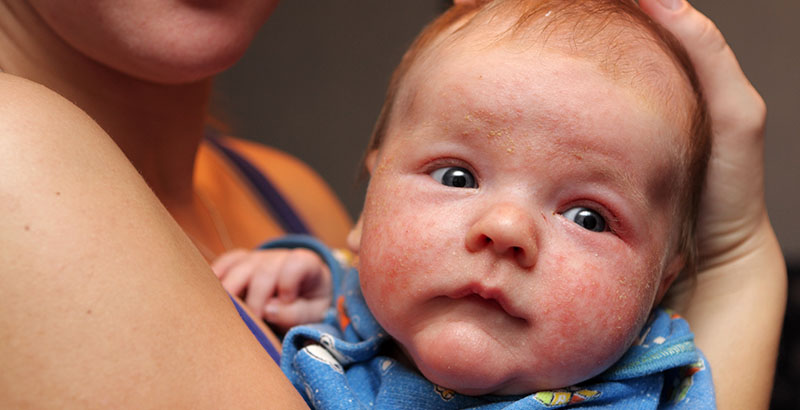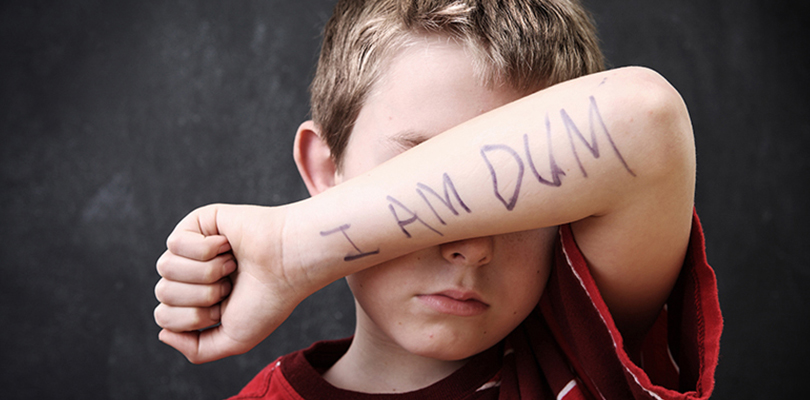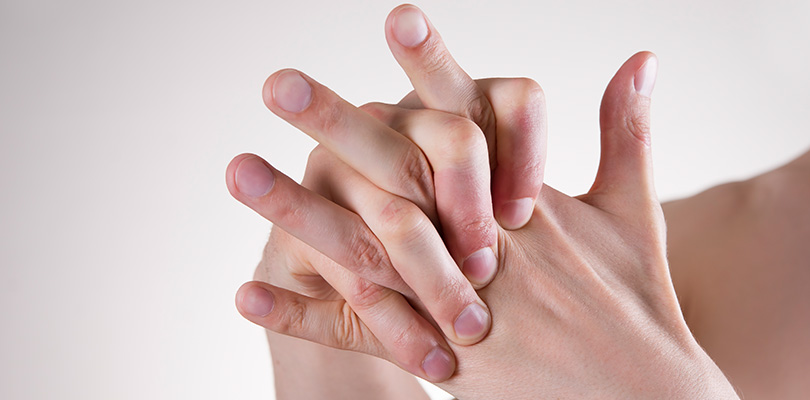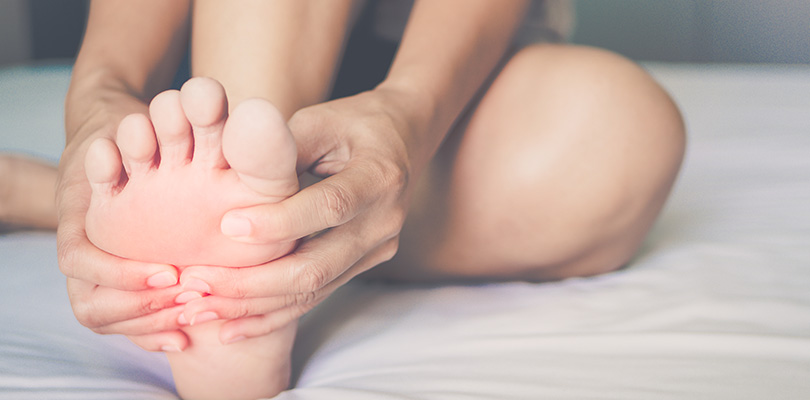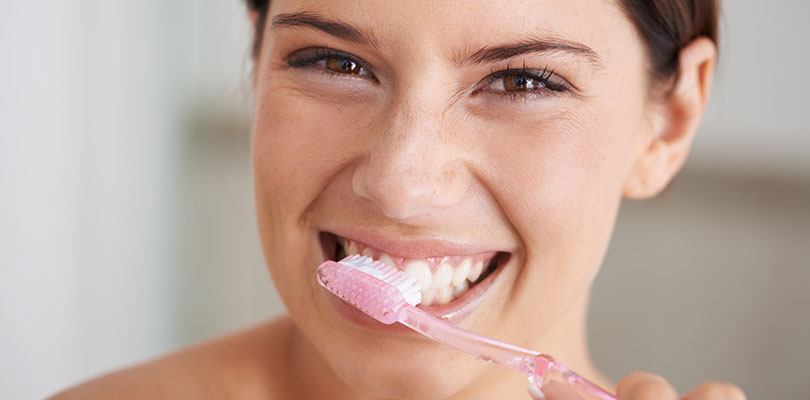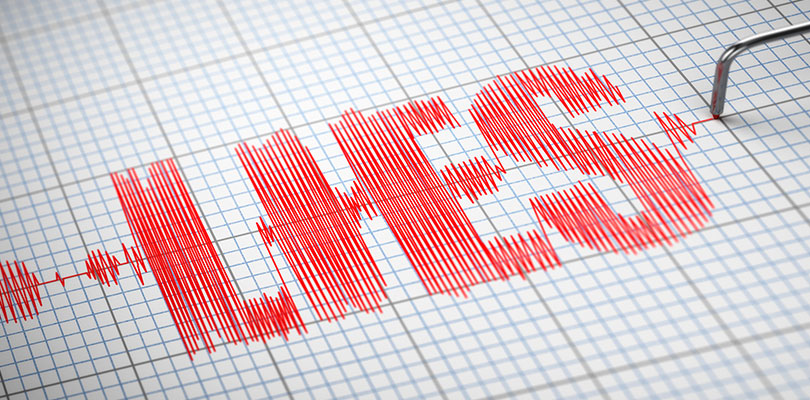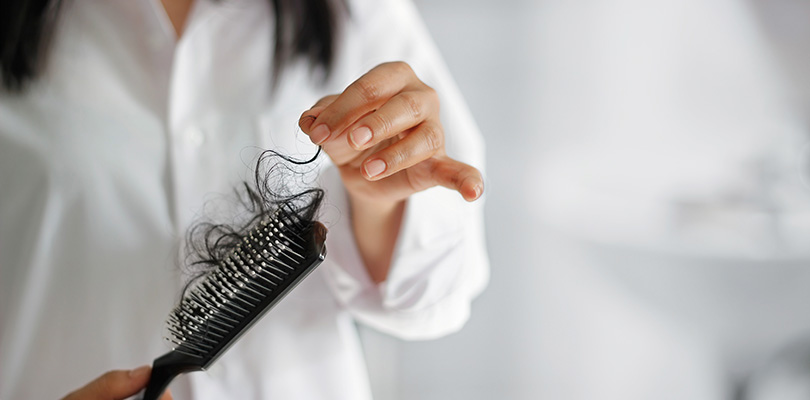Eczema in Children
If you have children with eczema, it's a battle with red, itchy and inflamed skin. Millions of children have a form of eczema – especially atopic dermatitis, which typically first appears before the age of 5.
Scientists do not know the exact cause of eczema, but they do know that a combination of genetics and environmental triggers are at work. When an environmental factor "switches on" the immune system, the skin cells behave abnormally and cause flare-ups.
Those children who develop eczema typically come from families with a history of atopic dermatitis, hay fever or asthma.
Researchers believe that people with eczema have an over-reactive immune system that reacts when triggered by an irritant or allergen. The immune system attacks the body instead of protecting it. This results in inflammation, leading to red, itchy and painful skin.
You can help your child get relief from eczema by learning about common eczema symptoms, triggers and tried-and-true steps you can take to help your child manage the flares or outbreaks of eczema.
What Is Eczema Like in Children?
Eczema changes in appearance as a child gets older. Eczema first appears on the face, cheeks, chin, forehead and scalp. It then progresses to baby's elbows and knees.
After the age of 2, your toddler's eczema is in the creases of the elbows and knees, or on their wrists, ankles, and hands – even mouth and eyelids. There are four main ways to manage eczema:
- Knowing your child's triggers to avoid exposure
- Daily bathing and moisturizing routine to protect skin and lock in moisture
Using Medication to Control Eczema Symptoms
While there is no cure for eczema, there are treatments that help.
Researchers have more options in the pipeline, including over-the-counter treatments, prescription topical medications, and immunosuppressants as well as phototherapy (light therapy).
The treatment will be specific to the type of eczema, so it's important to see a doctor get a diagnosis.
What Are Common Eczema Triggers?
The best way to control your child's eczema is to get familiar with symptoms and the triggers. Keep in mind that eczema is different for everyone. The triggers are different for each person. Your child may have triggers or worse eczema at certain times of the year or in particular situations.
- Dry skin. When skin gets too dry, it can easily become rough, scaly or tight, which leads to an eczema flare. Dry indoor air in winter can make eczema worse.
- Saliva from drooling can also irritate cheeks, neck and chin, leading to eczema.
- Irritants. Products you use in your home can irritate your child's skin. These include dish and hand soap, shampoo, bubble bath, body wash, laundry detergent, and surface cleaners. Your child's stuffed animals might even trigger eczema.
What Are Common Eczema Irritants?
ADHD research has uncovered a range of parenting strategies that can help keep symptoms under control. Add these tips to your parenting toolbox.
- Cigarette smoke
- Allergens such as pet dander, pollen, and dust
- Soaps and household cleaners
- Fragrances
- Fabrics like wool and polyester
- Heat and sweating
- Antibacterial ointments (bacitracin and neomycin)
- Formaldehyde in household disinfectants and adhesives
- The antibacterial isothiazolinones found in baby wipes and personal care products
- Cocamidopropyl betaine used in shampoos and lotions
- Paraphenylenediamine in leather dyes and temporary tattoos
Even natural juice from fresh vegetables, fruits or meats can irritate skin if there's contact.
In some cases, emotional stress can trigger eczema. Others feel stressed about having eczema, which can make the condition worse.
How to Treat Eczema in Children
- Apply topical medication before you moisturize.
- Moisturize immediately after bathing. Moisturizing is one of the most important things you can do to help control eczema. When skin gets too dry, it becomes easily irritated and cause eczema to flare.
- Water is an excellent way to put moisture back into the skin, but you must use lukewarm water (not hot), avoid scrubbing and apply a moisturizer within 3 minutes after bathing. Timing is critical – as the moisture in the skin will evaporate if you don't moisturize immediately after the bath.
- Apply a thick layer of the moisturizer all over the skin.
How to Choose a Safe Moisturizer for Your Child and Tips on How to Apply It
Moisturizers like ointments and creams are best because they contain more oil. These are very effective at keeping moisture in and irritants out. Fragrance and dye-free are the safest and less irritating.
- Rub moisturizer between your hands to soften it
- Apply with the palm in downward strokes
- Do not rub in circles or up-and-down
- Don't remove excess as it will be quickly absorbed
- Find the one that works best for you.
Your child’s eczema is unique and you will need to find the right moisturizer and other products that work for your family. Stay open to new products and track the results. You can help your child greatly if you take the time to do your own research.
